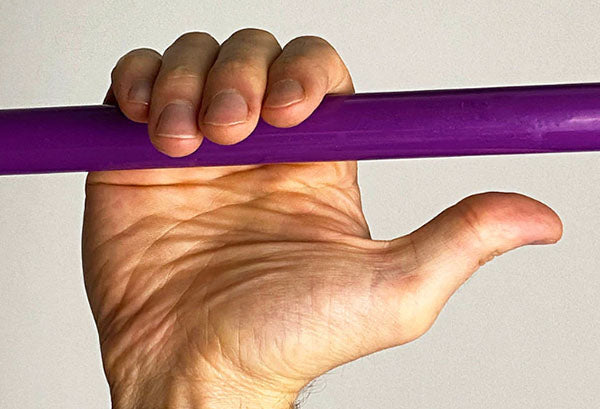Grip strength is a crucial measure of an individual's overall health and physical fitness. A dynamometer is often used to measure this strength, and specific normative values, or 'norms,' have been established based on factors such as age and gender. This article will detail what grip strength dynamometer norms are and their importance in assessing and understanding an individual's health status.

1. Understanding Grip Strength Dynamometer Norms
Grip strength norms are established values that provide a standard by which individuals can compare their measured grip strength. These norms are derived from population studies and vary based on factors such as age, gender, and sometimes even occupation.
2. Why are Grip Strength Dynamometer Norms Important?
The importance of grip strength norms goes beyond assessing an individual's hand and forearm strength. They have a wider implication in determining overall health and are linked to several health outcomes. For instance, a reduced grip strength might indicate conditions such as muscular dystrophy, carpal tunnel syndrome, or even systemic issues like cardiovascular disease.
3. How are Grip Strength Dynamometer Norms Established?
These norms are generally established through wide-scale population studies. Researchers use a dynamometer to measure the grip strength of individuals across different age groups and genders. The collected data is then analyzed, and average values are established.
4. Using Grip Strength Dynamometer Norms
When an individual's grip strength is measured using a grip strength tester the resultant value can be compared to the norms for their demographic. This comparison helps determine whether their grip strength is below, average, or above the norm, which in turn can provide insight into their muscular health.
5. Examples of Grip Strength Dynamometer Norms
While the norms can vary between different studies and populations, here are some approximate values:
For men aged 20-24, an average grip strength might be around 100 pounds (45.36 kg).
For women of the same age group, the average might be around 70 pounds (31.75 kg).
As age increases, these values generally decrease, with men and women aged 65+ averaging around 55 pounds (24.95 kg) and 35 pounds (15.88 kg), respectively.
6. Improving Grip Strength
If your grip strength is below the norm for your demographic, you may want to consider exercises and activities that can help improve it. Hand grip exercises, weight training, and certain sports like climbing can significantly enhance grip strength over time.
7. Periodic Reassessment
Reassessing grip strength periodically is essential to track changes and improvements over time. This reassessment can help adjust workout routines or identify potential health issues early.
In conclusion, hand held dynamometer norms play a crucial role in health assessment and can provide a wealth of information about an individual's overall physical health. By comparing your grip strength with these norms, you can gain a clearer understanding of your health and take proactive steps towards improvement if necessary.











